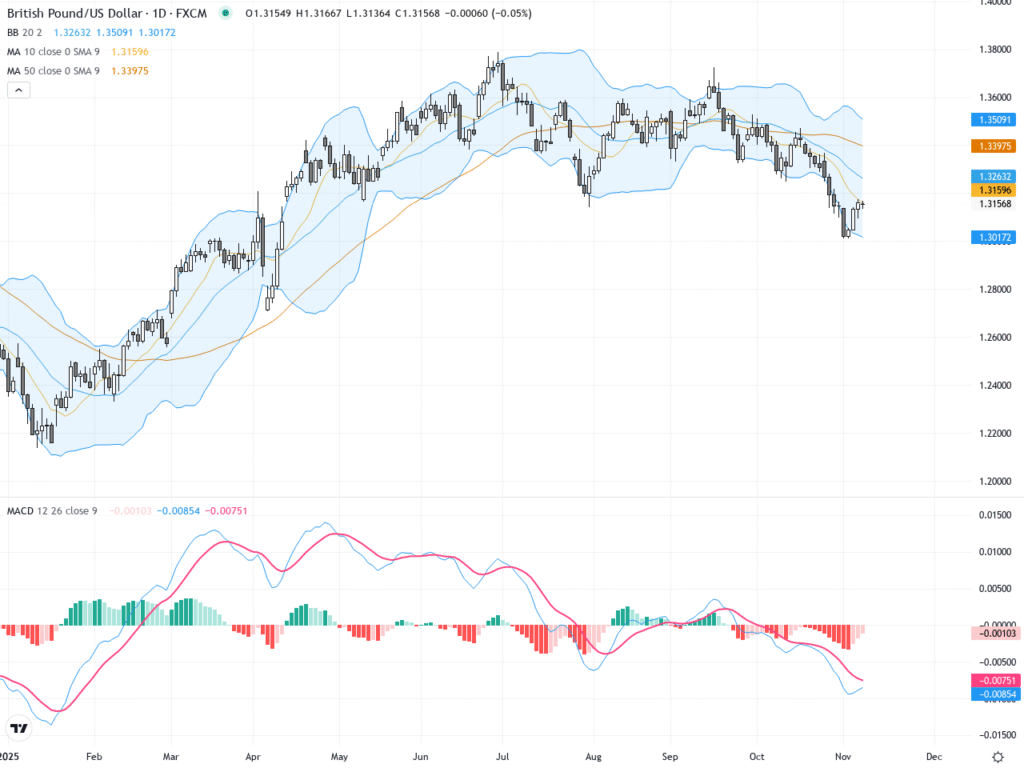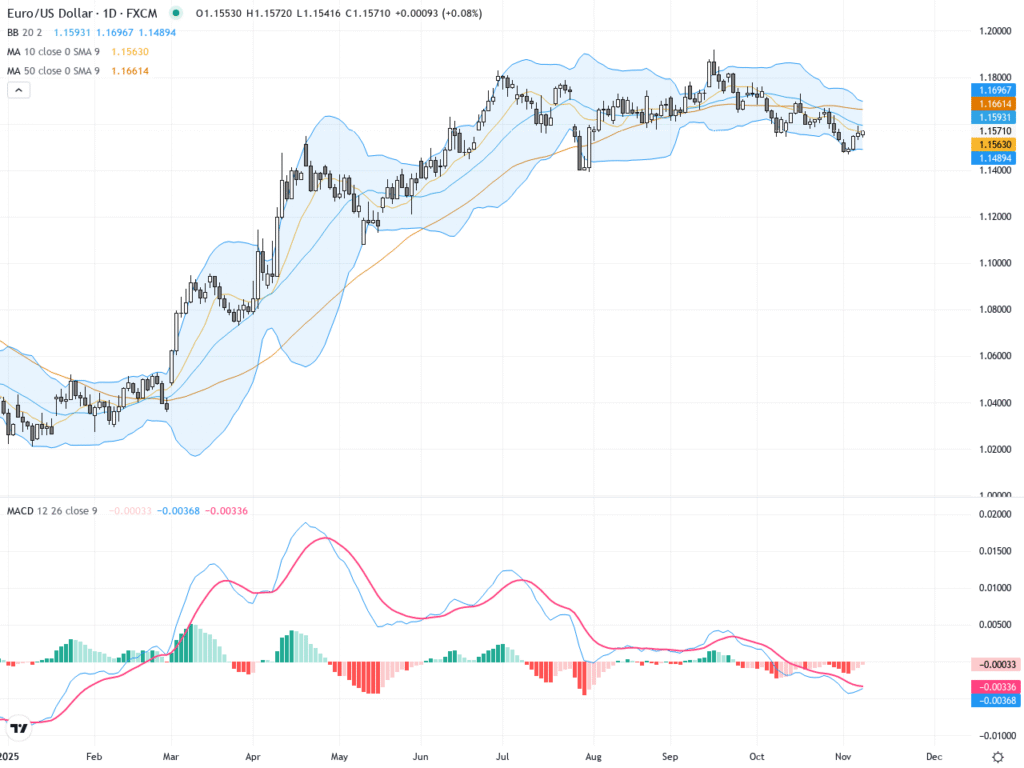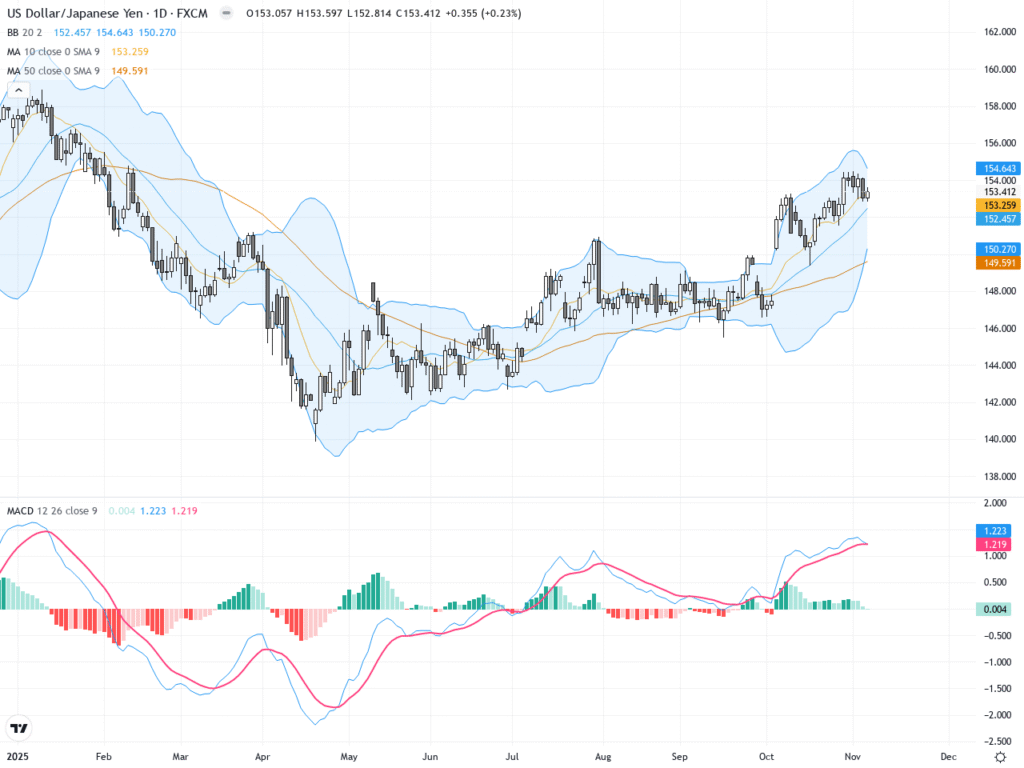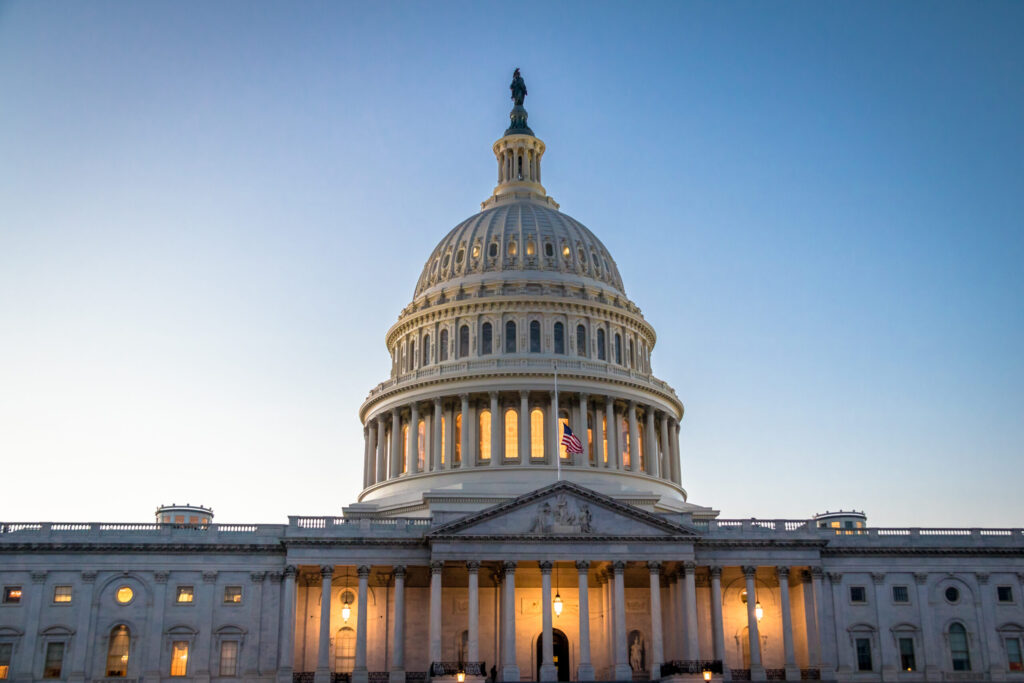 |
| Gold V.1.3.1 signal Telegram Channel (English) |

US Steel Tariffs 2024: Impact on Manufacturing and Trade
2025-03-19 @ 16:56
US Steel and Aluminum Tariffs: Impact, Motivations, and Market Shifts
Understanding the New US Tariffs on Steel and Aluminum
The US has once again taken bold steps in trade policy with the imposition of new tariffs on steel and aluminum imports. President Donald Trump signed an order in February 2025 enacting a 25% tariff on these metals, effective March 12, 2025. The decision, aimed at bolstering domestic production, is a direct response to China’s state-backed metal overproduction, which has flooded global markets with cheap exports, undercutting American manufacturers.
What’s Behind This Move?
The primary motivation for these tariffs is to counteract China’s influence on the global metals industry. According to international trade expert Kate Kalutkiewicz, China’s non-market strategies, including government subsidies and overproduction, have significantly distorted global prices. This has harmed US manufacturers, making it difficult for them to compete.
The new tariffs are also aimed at protecting American jobs in the steel and aluminum industries, addressing concerns that previous trade measures have failed to curb excess supply effectively.
China’s Role in Global Metal Markets
China dominates global steel and aluminum production, with the nation producing 53.9% of the world’s crude steel in 2023. The Chinese government consistently supports inefficient producers with subsidies, allowing them to maintain employment and economic stability. However, this results in:
- Overcapacity in global markets
- Artificially low steel and aluminum prices
- Challenges for US and other global producers to compete
This excess production often leads to China exporting surplus materials at unfairly low prices, putting immense pressure on industries elsewhere to survive against artificially low costs.
How This Affects US and Global Trade
The impacts of these tariffs are likely to be a mixed bag.
Potential benefits:
- Strengthening domestic steel and aluminum producers by limiting competition from underpriced imports
- Encouraging investment in US-based production
- Potential job creation within the domestic metal industries
Possible drawbacks:
- Increased costs for industries reliant on steel and aluminum (e.g., automotive and construction sectors)
- Higher consumer prices due to rising production costs
- Potential retaliatory tariffs from US trading partners, leading to tensions in global trade relationships
Regional Trade Implications
The Trump administration is also working to pressure Mexico into imposing tariffs on Chinese steel and aluminum, aligning with Canada, which has already restricted Chinese metal imports. This represents a broader strategic effort to shield the North American market from overcapacity-driven distortions.
Despite trade tensions, experts like Kalutkiewicz remain optimistic about US-Mexico-Canada trade relations, seeing ongoing discussions as key to ensuring fair market practices and regional stability.
Expert Insights: Are Tariffs the Right Solution?
While the tariffs are a direct response to unfair trade practices, market analysts caution against relying solely on them as a solution. Some experts argue that:
- Tariffs may act as an implicit tax on US industries relying on imported metals, elevating costs for manufacturers and potentially reducing competitiveness in the long run.
- Alternative solutions, such as multilateral agreements or pressure through international trade organizations, might be needed to address the root causes of excess production.
- The long-term solution to Chinese overcapacity may require coordinated global efforts instead of unilateral tariffs.
President Trump’s tariffs reflect the ongoing challenge of balancing trade protectionism with economic pragmatism. Their true impact will unfold in the coming months as industries adjust to higher costs and potential international trade disputes emerge.








